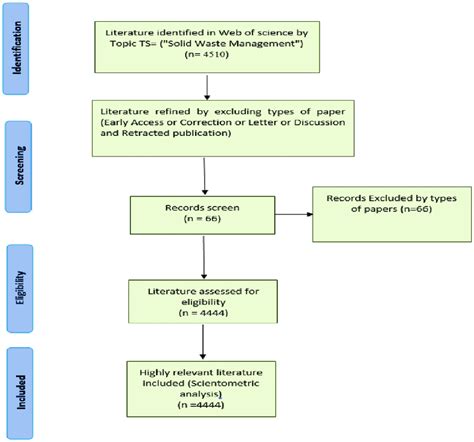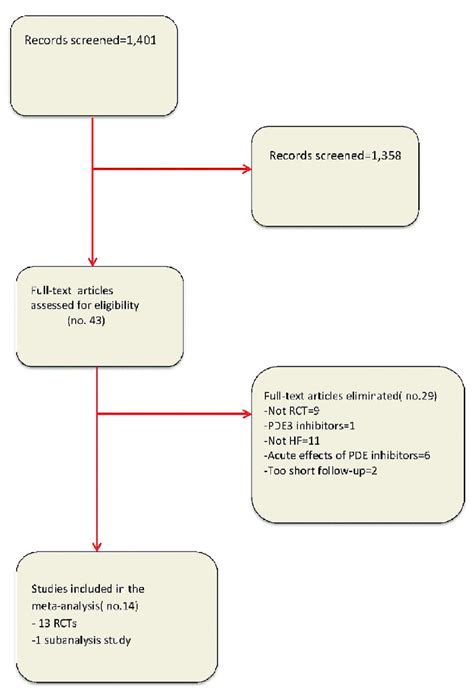In today’s dynamic educational landscape, optimizing learning outcomes is a priority for educators and institutions alike. Teaching Strategies GOLD has emerged as a powerful tool, offering a research-based framework to assess and enhance the developmental progress of young learners. This comprehensive evaluation explores how this system integrates key features and benefits to support effective teaching practices. By examining its implementation in the classroom, success stories, and overcoming challenges, we gain insights into its impact on early education. Additionally, we will delve into the future developments and trends that promise to further enhance the effectiveness of Teaching Strategies GOLD in shaping successful learning experiences.
Let’s explore this topic in detail with electrapk.com
1. Overview of Teaching Strategies GOLD
Teaching Strategies GOLD is an innovative assessment system designed to support educators in tracking and fostering the developmental progress of children from birth through third grade. This research-based tool aligns with early childhood education standards and provides a comprehensive approach to assessing children’s social-emotional, physical, language, cognitive, and academic growth. Unlike traditional assessment methods, Teaching Strategies GOLD combines ongoing observational assessments with performance-based tasks, enabling teachers to capture a holistic view of each child’s development.
The system is built around 38 research-based objectives, which serve as the foundation for curriculum planning and individualized instruction. These objectives are seamlessly integrated into daily classroom activities, allowing educators to document and assess children’s progress in real time. The flexibility of Teaching Strategies GOLD enables it to be used in a variety of educational settings, including public schools, private institutions, and Head Start programs. Overall, this tool is designed to empower educators with the insights needed to optimize learning outcomes and support every child’s success.

2. Key Features and Benefits
Teaching Strategies GOLD stands out for its comprehensive and adaptable features, designed to meet the diverse needs of early childhood educators and learners. One of its key features is the integration of 38 research-based objectives that cover a wide range of developmental domains, including social-emotional, physical, language, cognitive, and academic skills. These objectives align with state early learning standards, ensuring consistency and relevance across various educational settings.
Another significant feature is the system’s use of ongoing observational assessments. This approach allows educators to continuously monitor children’s progress in real-time, providing a more accurate and dynamic understanding of each child’s development. The system also includes a variety of assessment tools, such as checklists, portfolios, and progress reports, which help educators document and reflect on children’s growth.
The benefits of Teaching Strategies GOLD are manifold. By offering a holistic view of each child’s development, the system enables personalized instruction, tailored to meet individual needs. This results in more effective teaching strategies that foster greater learning outcomes. Additionally, the platform’s user-friendly interface and comprehensive reporting tools make it easier for educators to communicate progress with parents and stakeholders, enhancing collaboration and support for each child’s educational journey.

3. Implementation in the Classroom
Implementing Teaching Strategies GOLD in the classroom begins with integrating its objectives into the daily curriculum. Educators are encouraged to observe children during routine activities, such as playtime, group discussions, and independent work, to gather authentic data on their development. These observations are then documented using the platform’s digital tools, which allow for easy recording and tracking of each child’s progress over time.
Teachers can use the collected data to tailor their instruction, addressing the unique needs of each learner. For instance, if a child shows advanced language skills, the teacher might introduce more complex vocabulary activities, while another child needing support in social-emotional development might receive focused group work on cooperation and communication.
The system’s flexibility allows educators to adapt their teaching strategies as needed, ensuring that they meet the diverse needs of their students. Regular assessments and updates enable continuous improvement in teaching practices, helping to create a dynamic and responsive learning environment where every child can thrive.

4. Success Stories and Case Studies
The impact of Teaching Strategies GOLD is evident in numerous success stories and case studies from various educational settings. For example, in a Head Start program in Chicago, educators reported significant improvements in children’s readiness for kindergarten after implementing the system. By using GOLD’s comprehensive assessment tools, teachers were able to identify specific areas where students needed additional support, such as early literacy and social-emotional skills. Tailored interventions were then designed, leading to measurable gains in these critical areas.
In another case, a rural preschool in North Carolina integrated Teaching Strategies GOLD to bridge developmental gaps among its diverse student population. Teachers used the system to closely monitor each child’s progress, resulting in personalized learning plans that addressed both strengths and areas for improvement. Over time, the school saw a marked increase in student engagement and overall academic performance, with many children surpassing state benchmarks for early childhood development.
These examples highlight the versatility and effectiveness of Teaching Strategies GOLD across different environments. Whether in urban or rural settings, the system’s ability to provide a clear, actionable understanding of each child’s development has led to successful outcomes, proving its value as an essential tool in early education.
5. Challenges and Solutions
While Teaching Strategies GOLD offers numerous benefits, its implementation can present challenges. One common issue is the time required for educators to conduct thorough observations and enter data consistently. This can be particularly demanding in classrooms with high student-to-teacher ratios, where maintaining regular assessments might feel overwhelming.
To address this, schools have found success in providing additional training and resources to teachers. By streamlining the data entry process and offering practical strategies for integrating observations into daily routines, educators can manage their workload more effectively. Additionally, collaboration among teaching staff can distribute responsibilities, ensuring that all students are adequately monitored.
Another challenge is the initial resistance to adopting a new system. Educators accustomed to traditional assessment methods may struggle to adjust. Providing ongoing professional development and creating a supportive community where teachers can share experiences and tips can ease this transition. Overcoming these challenges ensures that Teaching Strategies GOLD can be effectively utilized to enhance learning outcomes.
6. Future Developments and Trends
As the landscape of early childhood education continues to evolve, Teaching Strategies GOLD is poised to adapt and expand its capabilities to meet future demands. One of the most anticipated developments is the integration of advanced technology, such as artificial intelligence and machine learning, to enhance the system’s ability to analyze data and provide even more personalized insights. These advancements could enable educators to identify patterns in student progress and predict potential challenges, allowing for proactive intervention.
Additionally, there is a growing trend toward incorporating social-emotional learning (SEL) more deeply into assessment frameworks. Teaching Strategies GOLD is expected to refine its tools to better capture SEL outcomes, recognizing the critical role these skills play in overall child development. This focus aligns with broader educational trends that emphasize the importance of holistic development, beyond just academic achievement.
Furthermore, the increasing emphasis on equity in education suggests that future iterations of Teaching Strategies GOLD will include more culturally responsive and inclusive assessment practices. By ensuring that the tool is adaptable to diverse educational settings and student populations, it can continue to support equitable learning opportunities for all children.
These future developments position Teaching Strategies GOLD as a forward-thinking tool, ready to meet the needs of 21st-century educators and learners.
Teaching Strategies GOLD offers a comprehensive and flexible framework for enhancing early childhood education. Its research-based objectives, continuous assessment methods, and adaptable tools provide educators with the resources needed to support each child’s development effectively. While challenges exist, such as the time required for observations and adapting to new systems, solutions like targeted training and technological advancements can address these issues. Looking ahead, innovations in technology and a focus on equity promise to further refine and expand the tool’s capabilities, ensuring that it continues to foster positive learning outcomes for all students.
electrapk.com
